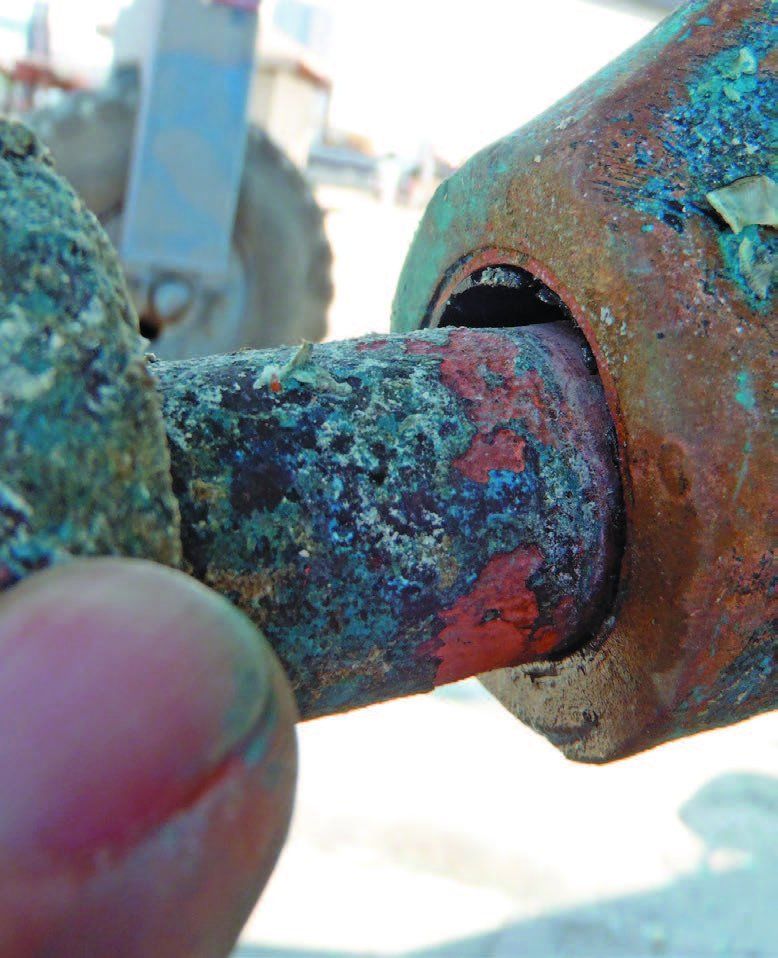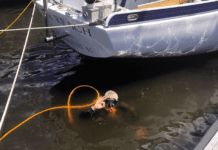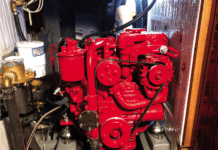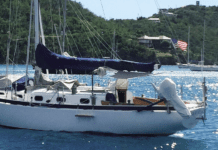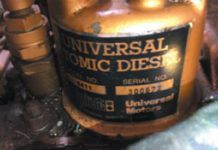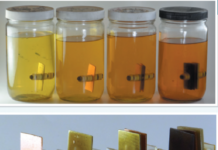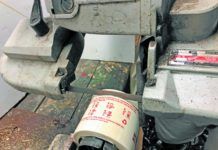Diesel Performance Additives
We think of ourselves as sailors, but we all depend on reliable power to propel us in and out of harbor, through calms and...
What Oil Analysis Reveals About Your Engine
We've all heard that if you give a diesel good clean fuel, keep it cool, and stay on top of the oil changes, its...
What Your Boat and the Baltimore Super Container Ship May Have in Common
When the mega container ship Dali struck the Francis Scott Key Bridge at 1:28 am on Tuesday, March 26, the world saw a remote...
Reducing Engine Room Noise
Noise impacts individuals differently. If your sailing partner complains about a noise that doesn't really bother you, it might not necessarily something that they can simply get used to. You will have to address it through active sound reduction measures. There are three basic approaches to making your boat quieter. The first step is to use flexible mounts to isolate the vibrating machinery from the hull. These help prevent the transmission of vibration through the solid structure of the boat, and the consequent reverberation of hull sections that can act like amplifiers. Correcting any engine-shaft misalignment will certainly help. The next step is to surround the noise-producing machinery in a tight, insulated enclosure to reduce air-transmitted noise. The final step is to line enclosed living quarters, such as cabins, with sound-absorbent materials.
Marine Diesel Repower Part 3: Sea Trial
This is the last of a three-part series describing the planning and installation of an inboard diesel engine in my previously engine-free Cape Dory...
Diesel Repower From Scratch Part II
This is Part II of a three-part series detailing the installation of a complete inboard engine system into our highly modified Cape Dory 36...
Diesel Repower From Scratch Pt. 1
This is a multi-part article detailing the installation of an inboard diesel engine into my modified Cape Dory 36 Far Reach. I rebuilt the Far Reach from...
Rhumb Lines: The Diesel Engine Dilemma
As the threat of global warming is forcing policy makers around the world to explore ways to wean their economies off carbon based energy...
Can Diesel Damage Fuel Lines?
Given the tiny amount of fuel it takes to clear the jetty and hoist sail, our 50-gallon fuel supply can last, quite literally, for years. It certainly lasts through the winter, and all the while, we worry that sludge is growing.
Marine Fuel Filter Test
Diesel engines have evolved into incredibly reliable power sources. Change the oil, mind the charging system and batteries, and most importantly, always give them clean fuel. First there is diesel bug. Bacteria and fungus (not algae-that is incorrect nomenclature) can infect the tank, feeding on the diesel and producing volumes of tank-, line-, and filter-clogging biomass with the consistency of snot. It can be prevented by the regular use of biocides (see PS August 2013), but…
































